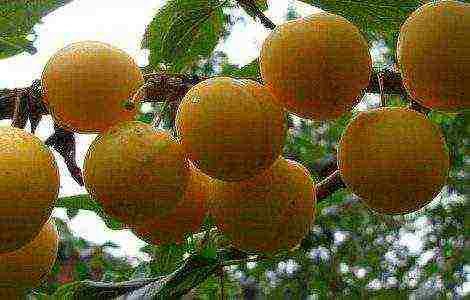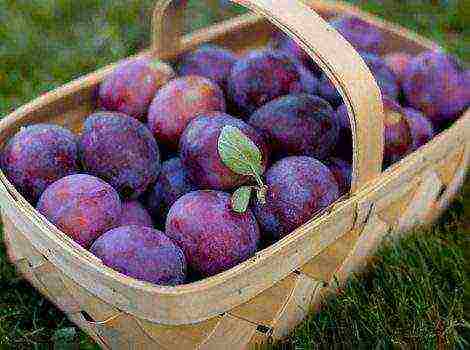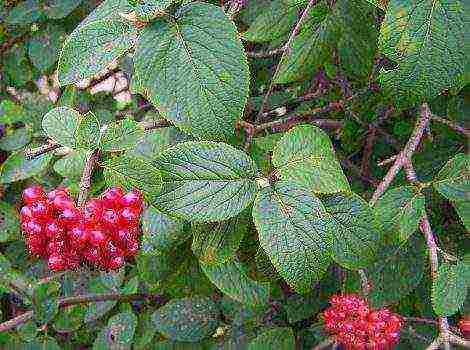Content
Humanity in the process of evolution has learned to benefit from almost everything. The blackthorn, known according to biblical legends, was no exception, because it was from its thorny branches that the crown was woven for Jesus Christ. Despite the sad glory, this plant has medicinal properties, and its fruits are used in cooking... Let's take a closer look at this plant, what benefits and harm it can bring to the human body.
Blackthorn is a fairly tall shrub that grows up to 3.5-4.5 m in height... Some species are presented in the form of low-growing trees up to 5 m high. The thorny branches are completely covered with sharp thorns.
The plant blooms in April-May, depending on the region of growth. The flowering of the blackthorn is very beautiful - first, white flowers abundantly cover the branches of the shrub, and after a while the leaves open. During flowering, bees collect pollen and nectar, so the plant is classified as a honey plant.
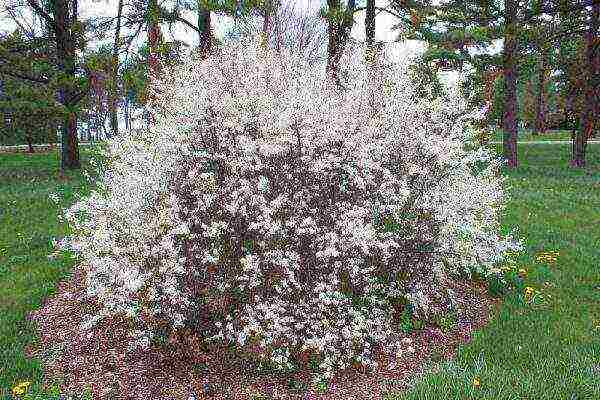
Blackthorn leaves reach length 5 cm and are elliptical with jagged edges... The brownish-reddish wood of the bush is used for a variety of small diameter joinery and turning products and is prized for its strength and toughness.
Thorn is found in steppe and forest-steppe zones, on the edges of forests and felling areas, steep river banks and along roadsides, often forms impassable thickets. The roots of the thorn bushes strengthen the slopes well and prevent soil erosiontherefore they are planted along river banks and in ravines. In landscape design, shrubs are used as hedges.
The area of the plant includes Western Europe, Asia Minor, Iran, Tatarstan, Ukraine, the European part of Russia, the Crimea and the Caucasus, and in the mountains the shrub is found at an altitude of 1200-1600 m above sea level.
Blackthorn fruits are black and blue in color, round in shape and about 12 mm... The outer part of each fruit is covered with a gray waxy coating, and inside there is one wrinkled bone.
Caloric content and chemical composition
The chemical composition of the blackthorn varies depending on the geographic region, but the base remains the same. The fruits contain:
- glucose, sucrose and fructose;
- pectin;
- tannins and aromatic substances;
- organic acids;
- vitamins A, C, E, B₁, B₂, PP;
- iron, potassium, calcium, sodium, phosphorus, magnesium, iodine, cobalt, zinc, manganese, chromium;
- essential oil.
The energy value of fresh thorn fruits is 49-54 kcal on the 100 g.
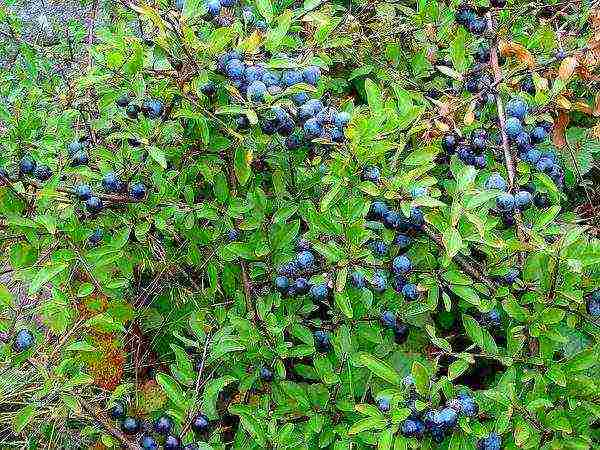
The tart-sour berries of the wild plum ripen in July-August, but at this time they are not removed, because they are practically inedible, due to the high content of tannins.
From one adult bush, thorny plums are harvested up to 12-15 kg fruit, which are distinguished by good keeping quality and transportability.
Useful properties of terena for the human body
If in many medicinal plants only one part has healing power, then the blackthorn is unique in this regard - not only its berries are used for medicinal purposes, but also leaves, roots, flowers, branches and bark.
Fruit fruit
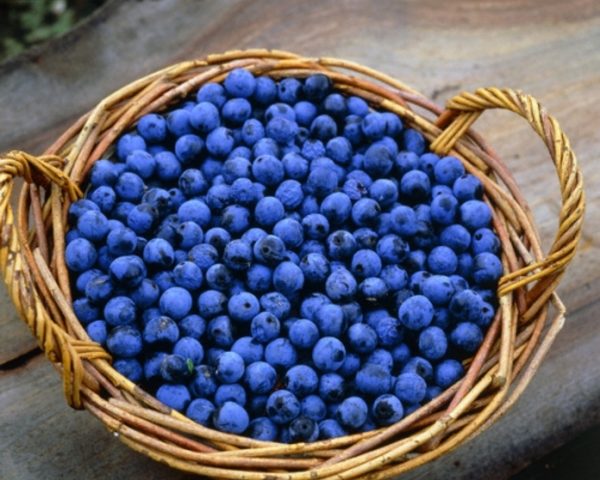
Thorn berries are eaten fresh, as well as dried or prepared from them jams, preserves, pasteurized juices. The fruits of this fruit have a lot of useful properties.:
- normalize microflora and improve intestinal motility, relieve flatulence;
- remove harmful substances from the body and reduce slagging;
- relieve insomnia, increased irritability, nausea and shortness of breath;
- reduce and normalize the weight of patients... A specially developed diet includes blackthorn berries in the diet, which contribute to the burning of fatty deposits, the normalization of metabolic processes;
- strengthen the walls of blood vessels, lower blood pressure and blood cholesterol levels, reduce the risk of developing heart disease;
- improve kidney health and liver for various pathologies;
- strengthen immunity, mobilizes the body's defenses;
- are a prophylactic agent against the development of prostate adenoma, normalize the functioning of the prostate;
- strengthen the gums;
- reduce soreness of menstruation.
Flowers and leaves
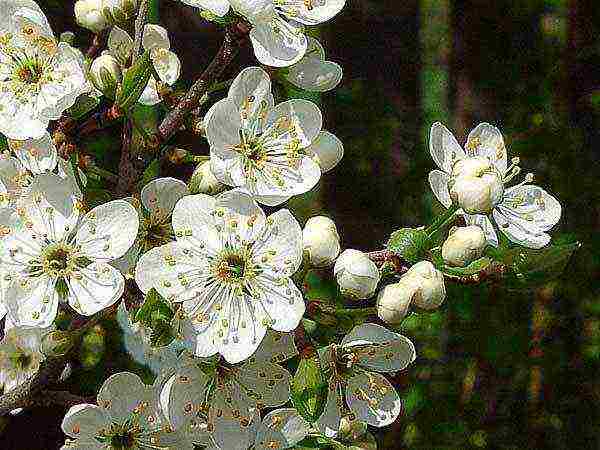
Blackthorn flowers are harvested during their full bloom, dried in a dark, ventilated room and stored in tightly closed jars (glass or tin) in a place inaccessible to sunlight. They mainly use a decoction or tea from flowers, which have medicinal properties.:
- purify the blood and remove toxins from the body;
- get rid of skin purulent and erysipelashelp with furunculosis;
- cleanse the liver, normalize bowel function;
- contribute to restoration of metabolism;
- have a calming effect with insomnia and neuralgia;
- serve as a diuretic and a diaphoretic.
Healing tea is brewed from blackthorn flowers: 25 g of flowers are poured into 0.5 l of boiling water and the container with a drink is wrapped for 10-15 minutes for infusion. Thorn flower tea is drunk as usual without a strict dosage, and is also used for external use as lotions.
Decoctions of blackthorn leaves have the same properties as flower... For their preparation, the leaves are plucked in the middle of summer, after the end of the flowering of the shrub. They are dried and stored in the same way as flowers, and the prepared decoctions are drunk like ordinary tea.
Roots, shoots and bark
To preserve the healing power of the plant, it is important to harvest the raw materials at the "right" time.:
- The roots are dug up in the fall, dried 2-3 weeks on open air, and then dried in the oven. The dried roots can be stored in canvas or cotton bags for up to three years.
- Twigs and young shoots are harvested in early summer, dried in the open air and stored for one year.
- The bark is removed from the bush in early springuntil the plant has bloomed. Drying and storage of the bark is carried out in the same way as harvesting the roots.
Decoctions from roots, branches and shoots have antipyretic, anti-inflammatory and diaphoretic properties, so they are taken for colds and flu.
Bark decoctions are drunk instead of regular tea. - they help cleanse the blood and get rid of skin irritations. Broths diluted with boiled water are used for douching for female inflammations.
Contraindications and possible harm to human health
Thorny fruits have no particular contraindications for human health. Reducing the use of berries is necessary for those who are worried about stomach problems:
- gastritis;
- a stomach ulcer in the acute stage;
- increased acidity of the stomach.
People with severe allergies will have to stop using terena., although such cases are quite rare.
Fruits are especially harmful to tooth enamel - after eating blackthorn, teeth become bluish... It looks extremely unaesthetic, and the blue from the teeth is completely washed off only after a few days.
Eating thorn berries not contraindicated in children and pregnant women, and the latter is even useful for toxicosis and attacks of nausea.
Fresh berries can provoke an upset stomach, sweet jams and jams - an undesirable gain of excess body weight, but only if these products are consumed in excess.
Recipes with thorny
The blackthorn fruits are used to prepare sweet preparations for the winter (preserves, jam, jam), as well as all kinds of sauces, seasonings and wine and vodka liqueurs and liqueurs.
Jam
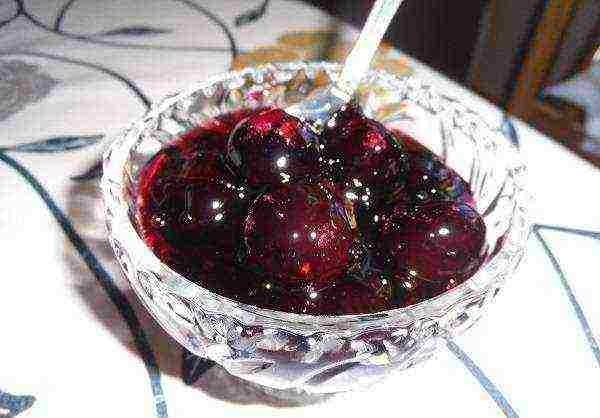
The most popular is thorn fruit jam. You need to cook a sweet treat according to the same principle as from any other berries.:
- Go over and wash 1 kg blackthorn fruit, let the water drain.
- Remove seeds from berries.
- From 1.5KG sugar and 2-3 glasses water boil the syrup.
- After the sugar is completely dissolved, add the blackthorn to the boiling syrup, boil and remove the dishes from the heat.
- Cool the jam to room temperature and cook it again, bringing to a boil and boiling 2-3 minutes.
- The third time boil the jam and cook over low heat until cooked. During cooking, stir occasionally and skim off the foam.
- Ready jam hot pour into dry sterilized jars and roll up with tin lids. After cooling, remove the jars for storage.
Thorn berry juice
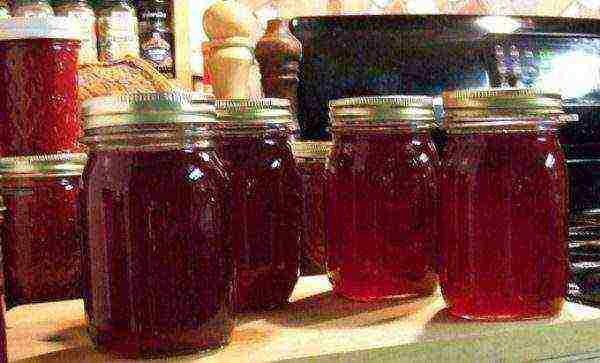
To obtain juice, a juicer is used, into which the blackthorn fruits are loaded with sugar (on the 1 kg berries are taken 100 g Sahara)... The juice is poured into cans, then sterilized and rolled up with tin lids. After cooling the cans to room temperature, they are stored in a dark place.
Kvass from thorn
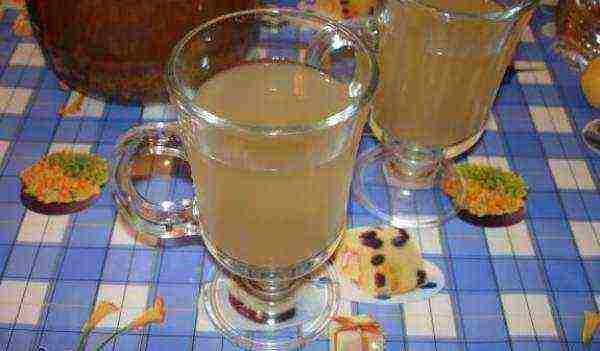
To prepare a refreshing drink, you will need 3-4 liters of water, 0.5 kg of blackthorn berries, 0.5-1 glass of any honey and 15-20 g of yeast:
- Rub the washed and pitted fruits until puree, pour water and boil 40 minutes.
- Received strain the broth, add yeast and honey to it.
- Leave to ferment for 10-12 h at room temperature.
- After that bottle and put in the refrigerator.
Simple thorn liqueur
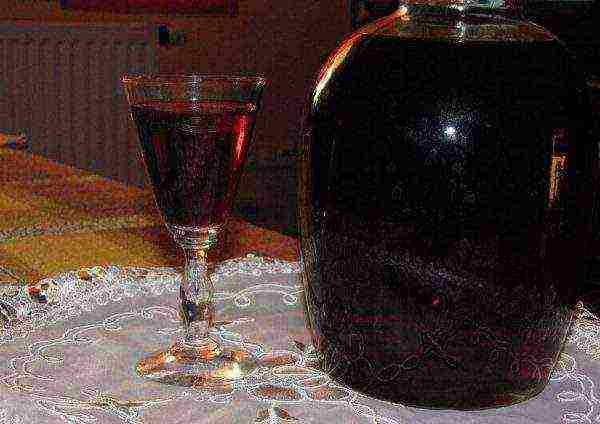
It takes a long time to prepare a classic turnip liqueur - to mature the liqueur you will need 4-6 months... Blackthorn spirits lovers use a quicker recipe. For him, you need to take 1 kg of thorns, 200-300 g of sugar and 1 liter of vodka. Instead of vodka, you can use ethyl alcohol, diluting it with water to a strength 40-45%, as well as inexpensive cognac or refined moonshine:
- Sort out the berries, remove rotten and spoiled, wash and free from bones.
- Peeled pulp mix with sugar and put in a glass jar.
- Tie the jar with two-layer gauze and put on sunny windowsill.
- Across 2-3 days pour vodka, mix the berries and put the jar in a dark place with room temperature (closet or closet).
- Withstand the pouring for 14 days, and for the first week, shake the jar with the contents daily.
- In two weeks strain the drink and bottle... Seal hermetically and store.
The thorn filling can be stored for up to 5 years, and the strength of the alcoholic drink is 30-32%.
Conclusion
The thorny thorny bush with inconspicuous berries, upon closer inspection, turned out to be a useful plant. It can be used to prepare alcoholic and non-alcoholic drinks, sweet preparations for the winter, seasonings and sauces for various dishes.
The fruits of blackthorn and all kinds of decoctions prepared from different parts of the plant are useful for the human body. Their use is not limited to certain dosages - medicinal broths are drunk like regular tea... The main condition for the preservation of the therapeutic effect of the turnip is the observance of the terms of collection and the process of drying of raw materials.
